Home>Dining>Tableware>How Much Tableware Do You Need For 50 Guests?
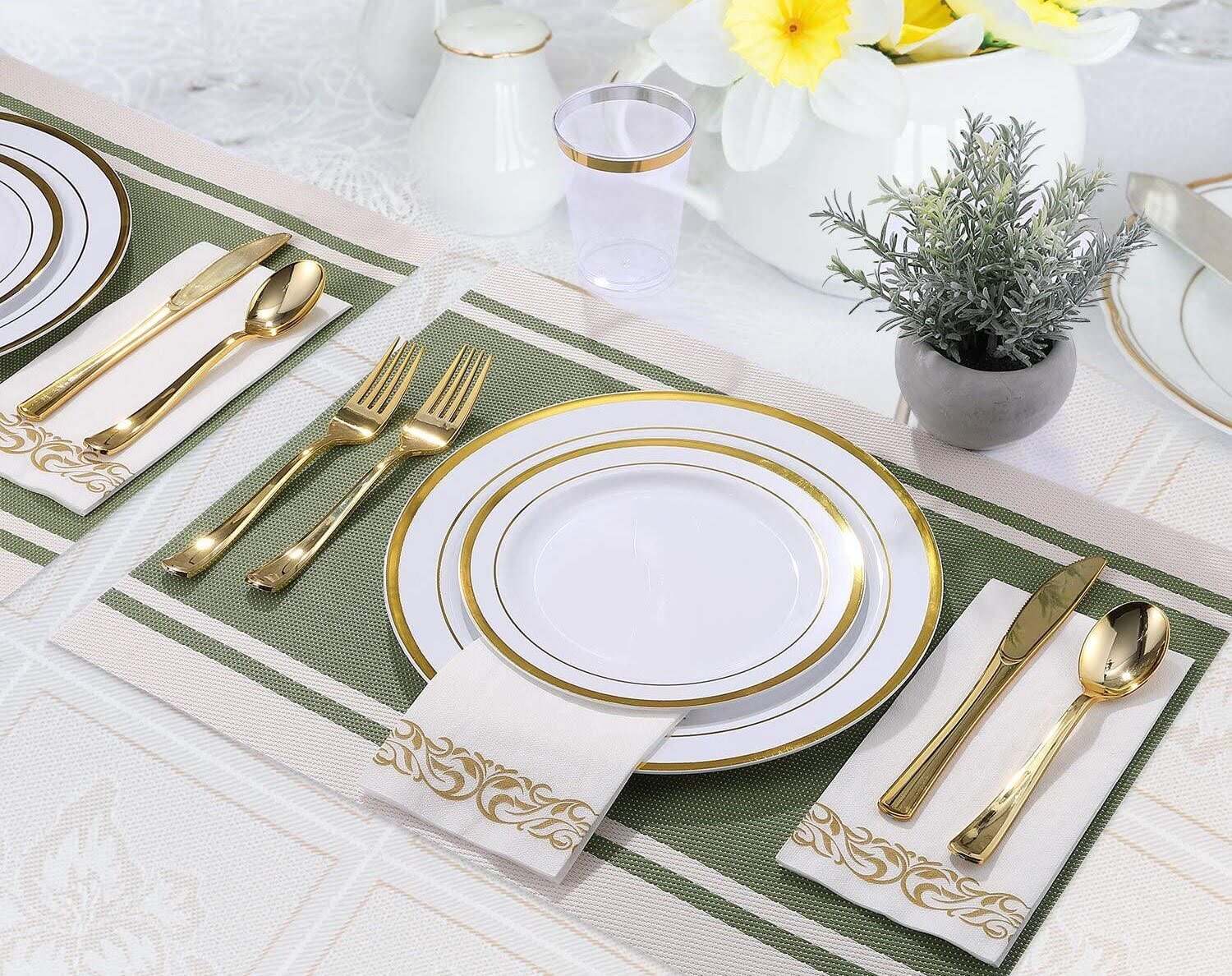

Tableware
How Much Tableware Do You Need For 50 Guests?
Modified: January 9, 2024
Discover how much tableware you need for 50 guests. Get expert advice and tips to ensure you have enough plates, utensils, and glasses for your event.
(Many of the links in this article redirect to a specific reviewed product. Your purchase of these products through affiliate links helps to generate commission for Storables.com, at no extra cost. Learn more)
Introduction
Welcome to the world of tableware! Whether you’re hosting a small gathering or a grand dinner party, having the right tableware is essential. Tableware encompasses everything from plates and glasses to silverware and napkins, and each piece plays a crucial role in creating a memorable dining experience.
When it comes to determining how much tableware you need for a specific number of guests, precision is key. It’s important to strike a balance between having enough tableware to accommodate everyone comfortably and not overloading your table with unnecessary items. In this article, we’ll explore the essential tableware pieces you need for 50 guests, ensuring that you’re fully prepared for your next event.
Let’s dive into the world of tableware and discover the perfect balance of functionality and style.
Key Takeaways:
- When hosting 50 guests, ensure you have around 60 dinner plates, 75 salad plates, 60 soup bowls, 75-100 drinking glasses, and 60-70 sets of forks, knives, and spoons to create a seamless and enjoyable dining experience.
- Select tableware materials and designs that complement your event’s theme, consider the size and shape of the tableware, and pay attention to small details like coordinating napkins and serving platters to leave a lasting impression on your guests.
Read more: How Much Silverware Do You Need
Dinner Plates
When it comes to dinner plates, they are the centerpiece of any table setting. These large plates are typically used for serving the main course, such as meat, fish, or vegetarian dishes.
For a gathering of 50 guests, it’s recommended to have around 60 dinner plates. This allows for some extra plates in case of breakage or if additional guests arrive unexpectedly. It’s always better to have a few extra plates rather than not enough.
When choosing dinner plates, consider the material and style that best suits your event. Ceramic and porcelain plates are popular choices for their elegant and timeless appeal. They come in a variety of designs and colors, allowing you to match them with your overall table decor.
You may also opt for sturdy and lightweight melamine plates, especially if you’re hosting an outdoor event or a casual gathering. Melamine plates are durable, dishwasher-safe, and can withstand accidental drops without breaking.
Keep in mind that dinner plates come in different sizes. The most common size is around 10-12 inches in diameter, providing ample space for the main course and any accompanying sides. Consider the portion sizes of your dishes when selecting the appropriate size to ensure everything fits comfortably on the plate.
Aesthetically, dinner plates should complement your table decor and theme. Solid-colored plates offer a classic and timeless look, while patterned plates can add a pop of visual interest to your table. Choose a style that reflects your personal taste and the overall ambiance of your event.
Having a sufficient number of dinner plates ensures that every guest can enjoy their meal without delay and allows you to maintain a well-organized and visually appealing table setting. With the right dinner plates, your guests will have a delightful dining experience that will leave a lasting impression.
Salad Plates
Next on the list of essential tableware for 50 guests are salad plates. These smaller plates are used for serving salads, appetizers, or side dishes alongside the main course.
For a gathering of 50 guests, it’s recommended to have around 75 salad plates. This ensures that there are enough plates for each guest to enjoy their share of the delicious offerings. Having some extra plates is also handy in case of any breakages or if additional servings are required.
When choosing salad plates, consider the size and shape that best suits your needs. Traditional salad plates are usually around 7-9 inches in diameter, allowing for the perfect serving portion of a side dish without overwhelming the plate.
Just like dinner plates, salad plates come in a variety of materials and styles to suit any table setting. Ceramic or porcelain plates offer an elegant and sophisticated touch to your table, while melamine plates provide a more casual and durable option.
When it comes to design, salad plates offer an opportunity to play with colors and textures. You can choose plates that match your dinner plates for a coordinated look, or opt for complementary colors or patterns to add visual interest to your table. Remember to consider the overall theme and aesthetic of your event.
Having an ample supply of salad plates ensures that your guests can enjoy a variety of dishes while keeping the table setting neat and organized. It allows for seamless serving and provides a visually appealing presentation for your culinary creations.
Remember to place the salad plates to the left of the dinner plates, as they are typically used before the main course. This placement ensures that your guests can enjoy their salad without any confusion or disruption.
By including the right number of salad plates, you’ll be well-prepared to serve delicious appetizers, salads, and side dishes to your 50 guests, enhancing their dining experience and leaving them fully satisfied.
Soup Bowls
No dinner table is complete without a warm and comforting bowl of soup. For a gathering of 50 guests, having an ample supply of soup bowls ensures that each guest can enjoy a piping hot serving without any delays.
It’s recommended to have around 60 soup bowls for a gathering of this size. This number allows for some extras in case of breakages or if guests would like seconds. Soup bowls come in various sizes and shapes, so choose the ones that are suitable for the type of soups you plan to serve.
When selecting soup bowls, consider both functionality and style. Opt for bowls that can hold a generous portion of soup without overflowing. Wide and shallow bowls are ideal for creamy soups, while deeper and narrower bowls are better suited for heartier, chunky soups or stews.
The material of the soup bowls is also important. Porcelain or ceramic bowls offer an elegant and refined look, perfect for formal dinner parties or special occasions. These materials retain heat well and provide insulation to keep soups warmer for longer.
If you’re hosting a more casual event or an outdoor gathering, consider using melamine or plastic soup bowls. These options are not only durable and lightweight but also practical for outdoor use as they are less likely to break if accidentally dropped.
When it comes to design, soup bowls offer an opportunity to add a touch of charm to your table. Consider choosing bowls that coordinate with your overall table theme or select ones with unique patterns or textures to make a statement. Remember that the soup bowls should complement the rest of the tableware and enhance the overall aesthetic.
Place the soup bowls to the right of the dinner plates and above the salad plates if space permits. This layout ensures that guests can easily access their soup without reaching across the table. Provide a soup spoon for each guest next to their soup bowl to complete the setting.
By having an appropriate number of soup bowls ready, you can serve delightful soups to your 50 guests, warming their hearts and satisfying their taste buds. Soup bowls play a significant role in creating a cozy and memorable dining experience.
Drinking Glasses
Having an adequate supply of drinking glasses is essential for any gathering, whether it’s for water, juice, or other beverages. When it comes to serving drinks to 50 guests, you’ll want to ensure that there are enough glasses for everyone to stay hydrated and enjoy their beverages.
As a general guideline, it’s recommended to have around 1.5 to 2 glasses per guest. For a gathering of 50 guests, this means having approximately 75 to 100 drinking glasses. By having a slightly higher number, you’ll have some extras in case of breaks or if guests would like to try different beverages.
When selecting drinking glasses, consider both style and functionality. There are a variety of options available, including glass, crystal, acrylic, or plastic. Glass and crystal glasses offer an elegant and sophisticated look, perfect for formal events or dinner parties. Acrylic or plastic glasses are more durable and can be a practical choice for outdoor or casual gatherings.
In terms of design, the choice of drinking glasses depends on the theme or ambiance you want to create. Clear glasses are versatile and allow the colors of the beverage to shine through. However, colored or patterned glasses can add a pop of visual interest to your table and complement your overall decor. It’s important to strike a balance between style and functionality when choosing drinking glasses.
Consider the type of beverages you’ll be serving to determine the appropriate size and shape of the glasses. Tumblers are versatile and great for serving water, soda, or iced tea. Wine glasses are essential if you plan to serve wine, while highball or lowball glasses are ideal for mixed drinks or cocktails.
Arrange the drinking glasses neatly on the table within easy reach of your guests. Consider placing them near the center of the table or creating a designated drinks station to minimize confusion and ensure a smooth flow of beverage service.
Properly stocking up on drinking glasses ensures that your guests can enjoy their favorite beverages throughout the event. Whether they’re sipping on refreshing drinks or toasting to a special occasion, having an ample supply of drinking glasses will help create a delightful and enjoyable dining experience for everyone.
Read more: How Much Greenery Do You Need For A Wreath
Wine Glasses
Wine glasses are an essential part of any formal or upscale event, especially if you plan to serve wine to your guests. The right wine glasses not only enhance the tasting experience but also add elegance and sophistication to your table setting.
For a gathering of 50 guests, it’s recommended to have around 60 to 70 wine glasses. This allows for some extras in case of breakages or if additional guests arrive unexpectedly. It’s essential to provide the appropriate type of wine glass for each wine variety you plan to serve, as different wines require specific glass shapes to bring out their unique aromas and flavors.
There are several types of wine glasses to consider, including red wine glasses, white wine glasses, and champagne flutes. Red wine glasses have a larger bowl and wider opening, allowing for the wine’s rich aromas to be appreciated. White wine glasses have a slightly smaller bowl and narrower opening, which helps maintain cooler temperatures for white wines. Champagne flutes have a tall and narrow shape to showcase the elegant bubbles of sparkling wines or champagne.
When selecting wine glasses, consider their material and quality. Crystal wine glasses are often favored for their excellent clarity and ability to enhance the wine-drinking experience. However, glass wine glasses can also be a suitable choice, offering durability and affordability.
Ensure that each wine glass is clean and free from any residues or fingerprints before placing them on the table. It’s important to handle wine glasses by the stem to avoid temperature transfer from hands to the wine, maintaining the ideal serving temperature.
Arrange the wine glasses in a neat and organized manner on the table. If serving multiple wine varieties, consider grouping them by type or placing a different glass at each place setting to ensure guests have the appropriate glass for their chosen wine.
By including the correct number and type of wine glasses, you’ll be ready to serve and enjoy a variety of wines with your guests. The right wine glasses elevate the wine-drinking experience, allowing everyone to appreciate the nuances and flavors of the wines you’ll be serving.
Forks
When it comes to tableware, forks are a vital utensil for guests to enjoy their meals. From appetizers to main courses and desserts, having an ample supply of forks ensures that your guests can easily and comfortably savor each bite.
For a gathering of 50 guests, it’s recommended to have around 60 to 70 forks. This allows for extras in case of dropages or if additional guests arrive unexpectedly. It’s important to have enough forks so that each guest can have a clean utensil for every course without delays or interruptions.
There are several types of forks to consider, depending on the courses you plan to serve. The most common types are dinner forks and salad forks. Dinner forks are larger and typically used for the main course, while salad forks are smaller and used for appetizers, salads, or desserts.
When selecting forks, consider the design, material, and size. Forks come in various styles, from classic to modern, and you can choose one that complements your table decor. Consider the rest of your tableware and the overall ambiance you want to create.
In terms of material, stainless steel is the most common choice because it is durable, easy to clean, and resistant to tarnishing. Stainless steel forks are also available in different finishes, such as matte or polished, allowing you to match them to your desired aesthetic.
The size of the forks is also important to ensure comfortable handling and fitting on the plates. Standard dinner forks are usually around 7-8 inches long, while salad forks are slightly shorter, around 6-7 inches. Consider the size and weight of the forks that you and your guests find most comfortable to use.
Arrange the forks neatly on the table, usually to the left of the dinner plate. If you’re serving multiple courses, consider providing additional forks for each course at each place setting, so guests do not need to search for clean utensils between courses.
By having an adequate supply of forks, you’ll be well-prepared to serve a variety of dishes and ensure that your guests can enjoy their meals with ease. Forks are an essential part of any table setting, and with the right ones, you can create a seamless and enjoyable dining experience for everyone.
Knives
Knives are an indispensable part of any tableware set, essential for cutting through food and assisting guests in enjoying their meals. Having a proper supply of knives ensures that your guests can easily handle and cut their food with ease and precision.
For a gathering of 50 guests, it’s recommended to have around 60 to 70 knives. This provides enough knives for each guest to have a clean utensil throughout the meal, without the need for repeated washing or delays in serving.
When it comes to knives, there are a few different types to consider. The most common knives include dinner knives, steak knives, and butter knives. Dinner knives are used for general purposes, such as cutting through meat or larger pieces of food. Steak knives have a serrated edge and are specifically designed for cutting through steaks and other grilled meats. Butter knives are smaller and used for spreading butter, condiments, or soft cheeses.
When selecting knives, consider the design, material, and size that best matches your table setting and overall aesthetic. Knives are commonly made from stainless steel for their durability, resistance to tarnishing, and easy maintenance. You may find knives with various handle styles, ranging from classic to modern, allowing you to choose one that complements your table decor.
Ensure that the knives are sharp and in good condition before placing them on the table. Dull knives can make cutting difficult and compromise the dining experience. Regularly sharpen and maintain your knives to ensure optimal performance and safety.
Arrange the knives neatly on the table, typically to the right of the dinner plate. If you’re serving steak or grilled meats, you may choose to provide steak knives separately from the dinner knives. Place the knife closest to the plate, with the blade facing towards the plate.
By having an appropriate number and variety of knives, you’ll be well-prepared to serve various dishes to your 50 guests. Knives are an essential tool for enjoying meals, and with the right ones, you can ensure that your guests can effortlessly cut through their food and have a satisfying dining experience.
Spoons
Spoons are a versatile utensil that serves multiple purposes on the dining table. From stirring to scooping, having an adequate supply of spoons ensures that your guests can comfortably enjoy soups, desserts, and various other dishes.
For a gathering of 50 guests, it’s recommended to have around 60 to 70 spoons. This allows for enough spoons for each guest to have a clean utensil without delays or interruptions during the meal.
There are several types of spoons to consider, each serving a different function. The most common types are dinner spoons, teaspoons, and dessert spoons. Dinner spoons are the largest and are used for main courses, soups, and stews. Teaspoons are smaller and are most commonly used for stirring coffee, tea, or smaller portions. Dessert spoons are slightly larger than teaspoons and are specifically designed for enjoying desserts.
When selecting spoons, consider the design, material, and size. Spoons come in various styles, from classic to modern, and you can choose one that complements your table decor. Stainless steel is the most common material for spoons due to its durability, ease of maintenance, and resistance to tarnishing.
The size of the spoons is also important to ensure comfortable handling and fitting on the plates. Dinner spoons are usually around 7-8 inches long, teaspoons are approximately 5-6 inches long, and dessert spoons are slightly larger than teaspoons.
Arrange the spoons neatly on the table, typically to the right of the dinner plate, with the handle facing to the right. If you’re providing multiple courses that require different spoons, consider placing the appropriate spoon for each course on the table to avoid confusion and ensure a smooth dining experience.
By having enough spoons for your 50 guests, you’ll be well-prepared to serve a variety of dishes and ensure that your guests can enjoy their meals with ease. Spoons are an essential part of any table setting, and with the right ones, you can create a seamless and enjoyable dining experience for everyone.
Read more: How Much Do You Need To Paint Driveway
Napkins
Napkins are more than just a practical item on the dining table; they also add a touch of elegance and play a significant role in maintaining cleanliness and tidiness during meals. Having an adequate supply of napkins ensures that your guests can comfortably wipe their hands and mouths, making their dining experience more enjoyable.
For a gathering of 50 guests, it’s recommended to have around 75 to 100 napkins. This allows for extras in case of spills, messes, or if guests require additional napkins throughout the meal. Consider providing a few additional napkins to account for unexpected situations or guests who prefer to use multiple napkins.
When selecting napkins, consider both the material and design. Cotton or linen napkins are popular choices for their softness and absorbency. They can be washed and reused, making them an eco-friendly option. Disposable paper napkins are also practical for larger gatherings or outdoor events, offering convenience and easy cleanup.
Choose napkins that match your table decor and overall theme. Solid-colored napkins provide a classic and timeless look, while patterned or printed napkins can add a pop of visual interest to your table. Consider the color scheme and style of your event when choosing the appropriate napkins.
Arrange the napkins neatly at each place setting or in a designated area on the table. You can fold them in a classic rectangular shape or get creative with various folds and designs that complement your table setting. Place a napkin to the left of each plate or incorporate it into the center of the place setting for an elegant touch.
Napkins serve not only a practical function but also add a touch of refinement to your table setting. They not only provide a way for guests to clean themselves but also contribute to the overall aesthetic and ambiance of your dining event. By having an appropriate number of napkins, you’ll be well-prepared to ensure that your guests can quickly and conveniently freshen up during the meal.
When planning for 50 guests, aim for 60-70 pieces of tableware (plates, glasses, utensils) to account for any unexpected guests or replacements.
Serving Platters
Serving platters are essential for presenting and serving larger dishes or sharing portions of food to your guests. These spacious and decorative plates play a significant role in creating an inviting and visually appealing table setting.
For a gathering of 50 guests, it’s recommended to have around 10 to 12 serving platters. This allows you to present a variety of dishes without overcrowding the table. Consider the number of courses you plan to serve and the type of dishes you’ll be presenting to determine the appropriate number of serving platters needed.
When selecting serving platters, consider the material, shape, and size that best suit your event’s style and theme. Serving platters are available in various materials, including porcelain, ceramic, wood, or even glass. Each material has its unique aesthetic and practicality, so choose the one that appeals to you while still being functional.
The shape of the serving platters should complement the style of the dishes you’ll be serving. Oval or rectangular platters are versatile and suitable for a wide range of dishes, from main courses to appetizers and desserts. Round platters work well for displaying cakes or pies, while divided platters are ideal for presenting an assortment of finger foods or dips.
Consider the size of the serving platters to ensure that they comfortably accommodate the dishes you’ll be serving. Large platters are suitable for family-style meals or sharing dishes, while smaller platters work well for individual servings or appetizers. It’s important to strike a balance between the size of the platter and the quantity of the food being served to ensure an appealing presentation.
Arrange the serving platters on the table strategically, taking into account the flow of the meal and the accessibility for your guests. Place them within reach of your guests so they can serve themselves or be ready to assist in serving the dishes as the courses progress.
By having an adequate number and variety of serving platters, you’ll be well-prepared to display your culinary creations in an elegant and organized manner. The right serving platters not only enhance the presentation of your dishes but also contribute to the overall dining experience, creating a feast for both the eyes and the taste buds.
Serving Bowls
Serving bowls are essential for presenting and serving various dishes, from salads and side dishes to soups, stews, and other delectable creations. These versatile and functional bowls add a touch of elegance and allow for convenient serving and portioning of food to your guests.
For a gathering of 50 guests, it’s recommended to have around 10 to 12 serving bowls. This ensures that you have an ample supply to accommodate a variety of dishes without excessively crowding the table. Consider the number of courses and the types of dishes you plan to serve to determine the appropriate quantity of serving bowls needed.
When choosing serving bowls, consider the material, shape, and size that best suit your event and the dishes you’ll be serving. Serving bowls are available in various materials, such as porcelain, ceramic, glass, or even bamboo. Each material has its own aesthetic appeal and functional properties, so select bowls that resonate with your personal style and the overall theme of your gathering.
The shape of the serving bowls should complement the type of dish being served. Round bowls are versatile and suitable for a wide range of dishes, from salads to pasta. Deep and wide bowls are ideal for serving soups, stews, or large quantities of food. Consider the ingredients and size of the dishes to ensure the bowls can comfortably accommodate them without any spills or overcrowding.
You may also want to consider the design and color of the serving bowls to enhance the visual appeal of your table setting. Opt for bowls that coordinate with the overall aesthetic or choose ones that make a statement with unique patterns or textures. The serving bowls should complement the rest of your tableware and contribute to a cohesive and inviting dining experience.
Arrange the serving bowls on the table strategically, taking into account the flow of the meal and the accessibility for your guests. Place them within reach so that guests can serve themselves or be ready to assist in portioning and serving the dishes as needed.
By having an adequate number and variety of serving bowls, you’ll be well-prepared to present and serve a wide array of dishes to your 50 guests. The right serving bowls not only elevate the presentation of your culinary creations but also enhance the dining experience, allowing everyone to enjoy the delicious flavors and textures you’ve prepared.
Dessert Plates
No dining experience is complete without a delightful selection of desserts. Dessert plates are the perfect vessels for presenting and enjoying these sweet treats. Having a suitable number of dessert plates ensures that your guests can indulge in their favorite desserts without any inconvenience.
For a gathering of 50 guests, it’s recommended to have around 75 to 100 dessert plates. This allows for extras in case of breakages or if guests wish to sample multiple desserts. It’s always better to have a few extra plates available to accommodate any unexpected demands or last-minute additions.
When selecting dessert plates, consider the material, size, and design that best suit your event and the style of desserts you plan to serve. Porcelain or ceramic plates are often chosen for their elegance and versatility. They provide a classic and timeless backdrop for a variety of dessert presentations. Alternatively, glass or acrylic plates can add a modern and sleek touch to your table, especially for contemporary or outdoor events.
The size of the dessert plates should be appropriate for the type of desserts you’ll be serving. Standard dessert plates are usually around 7-8 inches in diameter, providing enough space for a delectable treat without overwhelming the plate. Consider the portion sizes of your desserts and ensure that the plates can comfortably accommodate them.
Consider the design and color of the dessert plates to complement the style and presentation of your desserts. Solid-colored plates offer a clean and sophisticated look, allowing the dessert itself to take center stage. Patterned or decorative plates can add a touch of flair and personality to your dessert presentation, enhancing the overall visual appeal.
Arrange the dessert plates neatly on the table, either at individual place settings or on a separate dessert station for guests to help themselves. Consider decorating the dessert plates with a dusting of powdered sugar, a drizzle of chocolate sauce, or a sprinkling of colorful garnishes to add a special touch.
Having an ample supply of dessert plates ensures that your guests can indulge in their sweet cravings and enjoy the grand finale of the meal. With the right dessert plates, you can create a visually appealing and decadent dining experience that will leave a lasting impression.
Read more: How Much Yarn Do You Need For A Blanket
Dessert Forks
When it comes to enjoying delectable desserts, having the right utensils is key. Dessert forks are specially designed to enhance the experience of savoring sweet treats. Having an adequate supply of dessert forks ensures that your guests can indulge in their favorite desserts with ease and elegance.
For a gathering of 50 guests, it’s recommended to have around 60 to 70 dessert forks. This allows for extras in case of breakages or if guests prefer to sample multiple desserts. It’s always better to have a few extra forks available to accommodate unexpected demands or if additional guests join the event.
When selecting dessert forks, consider the design, material, and size that best match your table setting and the style of desserts you’ll be serving. Dessert forks are generally smaller than dinner forks and often have narrower tines to help pierce and lift delicate desserts.
Choose dessert forks that complement your tableware and the overall aesthetic of your event. Stainless steel is a popular choice for its durability and classic appearance. Consider matching the material and design of the dessert forks to the rest of your silverware for a cohesive and elegant look.
The size of the dessert forks should be suitable for the types of desserts you plan to serve. They are usually slightly smaller and more delicate than dinner forks, making them ideal for enjoying fine pastries, cakes, or other bite-sized treats. Consider the intricacy and size of your desserts to ensure that the forks can easily navigate through the various layers and textures.
Arrange the dessert forks neatly on the table, either next to the dessert plates or at a separate dessert station. You can place one fork per dessert plate if serving individually plated desserts, or provide a small fork for each guest at each place setting.
By having the appropriate number of dessert forks, you’ll be well-prepared to serve a variety of sweet treats to your 50 guests. Dessert forks not only provide functionality but also add an elegant touch to the dining experience. With the right dessert forks, your guests can savor every delectable bite of their favorite desserts.
Coffee Cups
For those who enjoy a warm and comforting cup of coffee, having the right coffee cups is essential. Whether it’s a shot of espresso or a rich and creamy cappuccino, having an adequate supply of coffee cups ensures that your guests can savor their favorite beverage with style and comfort.
For a gathering of 50 guests, it’s recommended to have around 60 to 70 coffee cups. This allows for extras in case of breakages or if guests would like to enjoy multiple cups of coffee. It’s always better to have a few additional cups available to accommodate unexpected demands or to offer a variety of coffee options.
When selecting coffee cups, consider the material, style, and size that best suit your event’s ambiance and the types of coffee you’ll be serving. Coffee cups are available in various materials, such as ceramic, porcelain, glass, or even insulated stainless steel. Each material has its unique properties and aesthetic appeal, so choose the one that best fits your preferences and the tone of your gathering.
Consider the style of the coffee cups to align with your table setting. Whether you prefer classic and timeless designs or contemporary and modern aesthetics, there are coffee cups available to suit any theme. You may also want to match the coffee cups to the rest of your tableware or select ones with unique patterns or colors to make a statement.
The size of the coffee cups depends on the type of coffee you plan to serve. Small espresso cups are typically around 2-3 ounces and are perfect for serving shots of espresso. Standard coffee cups range from 8 to 12 ounces, providing ample capacity for regular coffee servings. Larger cups of around 16 ounces or more can be used for specialty drinks like lattes or hot chocolate.
Arrange the coffee cups neatly on a designated coffee station or next to a coffee maker for easy access. You may also consider providing saucers or small plates for guests to place their spoons or to hold accompaniments like sugar, cream, or stirrers.
By having an appropriate number and variety of coffee cups, you’ll be well-prepared to serve a variety of coffee options to your 50 guests. Coffee cups not only provide functionality but also add a touch of sophistication to the dining experience. With the right coffee cups, your guests can enjoy their favorite coffees in style and indulge in moments of relaxation and conversation.
Coffee Saucers
When it comes to serving coffee in an elegant and organized manner, coffee saucers play a crucial role. These small plates are the perfect accompaniment to coffee cups, providing a designated space to hold the cup and any additional elements, such as spoons or sweeteners. Having an adequate supply of coffee saucers ensures that your guests can enjoy their coffee with convenience and style.
For a gathering of 50 guests, it’s recommended to have around 60 to 70 coffee saucers. This allows for extras in case of breakages or if guests would like to enjoy multiple cups of coffee. It’s always better to have a few extra saucers available to accommodate any unexpected demands or to offer a neat and organized serving experience.
When selecting coffee saucers, consider the material, size, and design that best complement your coffee cups and the overall table setting. Coffee saucers are commonly made of materials like ceramic, porcelain, or glass. Each material offers its unique aesthetic and durability, so choose the one that aligns with your preferences and the theme of your gathering.
The size of the coffee saucers should complement the size of the coffee cups you’ll be serving. The saucers should provide enough space to place the coffee cup comfortably and allow room for additional elements like spoons or sweeteners. Consider matching the size of the saucers to the cups to ensure a cohesive and visually appealing presentation.
The design of the coffee saucers can be cohesive with your table decor or reflect a particular theme. Opt for saucers that coordinate with the style and color scheme of your coffee cups, creating a harmonious visual effect. You may also choose saucers with intricate patterns or unique textures to add interest and elegance to the table setting.
Arrange the coffee saucers neatly next to the coffee cups on a designated coffee station or at each place setting. If you’re providing spoons or other accessories, consider placing them on the saucers or providing a separate section for them on the coffee station.
By having an appropriate number and style of coffee saucers, you’ll be well-prepared to serve coffee to your 50 guests. Coffee saucers not only offer practical functionality but also add a touch of sophistication to the coffee-drinking experience. With the right coffee saucers, your guests can enjoy their coffee with ease, ensuring a memorable and enjoyable dining experience.
Tea Spoons
Tea spoons are essential utensils for stirring sugar or milk into tea cups or for enjoying bite-sized desserts and treats. Having an adequate supply of tea spoons ensures that your guests can fully savor their tea or enjoy their sweet treats with ease and precision.
For a gathering of 50 guests, it’s recommended to have around 60 to 70 tea spoons. This allows for extras in case of breakages or if guests would like to use multiple tea spoons for different purposes. It’s always better to have a few additional tea spoons available to accommodate unexpected demands or to offer additional spoon options.
When selecting tea spoons, consider the material, design, and size that best suit your table setting and the function they will serve. Tea spoons are typically made of stainless steel, which is durable, easy to clean, and resistant to tarnishing. You may choose spoons with a polished finish for a sleek and classic look, or ones with a matte finish for a more contemporary feel.
The design of tea spoons can range from simple and elegant to ornate and decorative. Consider matching the design to the overall theme and style of your event. You may opt for spoons that complement the rest of your tableware or select ones with unique patterns or motifs that add a touch of charm and personality to your table setting.
The size of tea spoons is generally smaller than regular teaspoons, with a narrower type of bowl. This compact size allows for easy stirring in teacups or small dessert plates. Consider the desired functionality when choosing the size of your tea spoons.
Arrange the tea spoons neatly on the table, either at individual place settings or in a centralized location, such as a designated spoon holder or a small dish. This ensures that guests can easily find and access the tea spoons when needed.
By having an appropriate number and style of tea spoons, you’ll be well-prepared to serve tea and cater to the needs and preferences of your 50 guests. Tea spoons not only provide practical functionality but also add a touch of elegance and sophistication to the tea-drinking experience. With the right tea spoons, your guests can enjoy their tea and indulgent desserts with finesse and ease.
Tablecloth
A tablecloth serves as the foundation of any beautiful table setting, adding an element of style, elegance, and practicality. It not only protects the table surface but also sets the tone for the overall ambiance of your gathering. Having the right tablecloth ensures that your table looks inviting, coordinated, and visually appealing to your guests.
For a gathering of 50 guests, it’s recommended to have a tablecloth that can comfortably cover your table size. Consider the shape and dimensions of your table to select a tablecloth that provides adequate coverage and drapes nicely over the edges without being too long or too short.
When choosing a tablecloth, consider the material, color, and design that best suits your event’s style and theme. Tablecloths are available in various materials, including cotton, linen, polyester, or lace. Each material offers its own advantages – cotton and linen are durable and can withstand frequent use and washing, while polyester is easy to care for and resistant to stains. Lace tablecloths create a more delicate and romantic atmosphere. Choose the material that aligns with your preferences and the level of formality you want to achieve.
The color and design of the tablecloth play a significant role in creating the desired ambiance. Solid-colored tablecloths offer a clean and timeless look that can easily coordinate with various table decor and themes. Alternatively, patterned or textured tablecloths can add visual interest and complement the overall aesthetic of the event. Consider the color scheme and style of your event to ensure that the tablecloth enhances the overall visual impact and sets the desired mood.
Before placing the tablecloth on the table, ensure that the table surface is clean and free from debris. Iron or steam the tablecloth beforehand to remove any wrinkles and create a polished appearance. Drape the tablecloth evenly over the table, making sure it hangs evenly on all sides.
A tablecloth is not only decorative but also functional. It protects the table surface from spills, stains, and scratches, making cleanup easier. Additionally, a tablecloth can help with noise reduction by creating a softer surface for glassware and cutlery.
By choosing the right tablecloth, you can create a visually pleasing and inviting table setting for your 50 guests. The tablecloth sets the foundation for the overall aesthetic and ambiance of your event, elevating the dining experience and ensuring a memorable and enjoyable gathering for everyone.
Conclusion
Tableware plays a vital role in creating a memorable dining experience for your guests. From dinner plates and salad plates to spoons and forks, each piece contributes to the overall functionality and aesthetic appeal of your table setting. By ensuring that you have an adequate supply of tableware for a gathering of 50 guests, you can create a seamless and enjoyable dining experience.
When selecting tableware, consider both practicality and style. Choose materials and designs that complement your event’s theme and reflect your personal taste. Consider the size and shape of the tableware to ensure they are appropriate for the dishes you’ll be serving. Having additional pieces of tableware ensures that you’re prepared for any contingencies, such as breakages or unexpected guests.
Additionally, don’t forget the importance of a well-dressed table. A tablecloth adds elegance and provides the foundation for your table setting, while coordinating napkins and complementing serving platters can enhance the overall visual appeal. These small details can leave a lasting impression on your guests and add that extra touch of sophistication.
Remember that tableware is not only about functionality but also about creating a pleasing and comfortable environment for your guests. Consider their needs and preferences, and strive to provide a range of options that cater to different tastes and dietary requirements.
Ultimately, the tableware you choose sets the tone for your event. It enhances the dining experience, elevates the presentation of your dishes, and creates a welcoming atmosphere for your guests. By paying attention to the details and ensuring you have enough tableware for your gathering, you can create a memorable and enjoyable occasion that your guests will cherish.
So, as you embark on your next gathering of 50 guests, take the time to prepare and curate your tableware selection. With the right tableware pieces and an attention to detail, you can create an unforgettable dining experience that leaves your guests impressed and satisfied.
Frequently Asked Questions about How Much Tableware Do You Need For 50 Guests?
Was this page helpful?
At Storables.com, we guarantee accurate and reliable information. Our content, validated by Expert Board Contributors, is crafted following stringent Editorial Policies. We're committed to providing you with well-researched, expert-backed insights for all your informational needs.
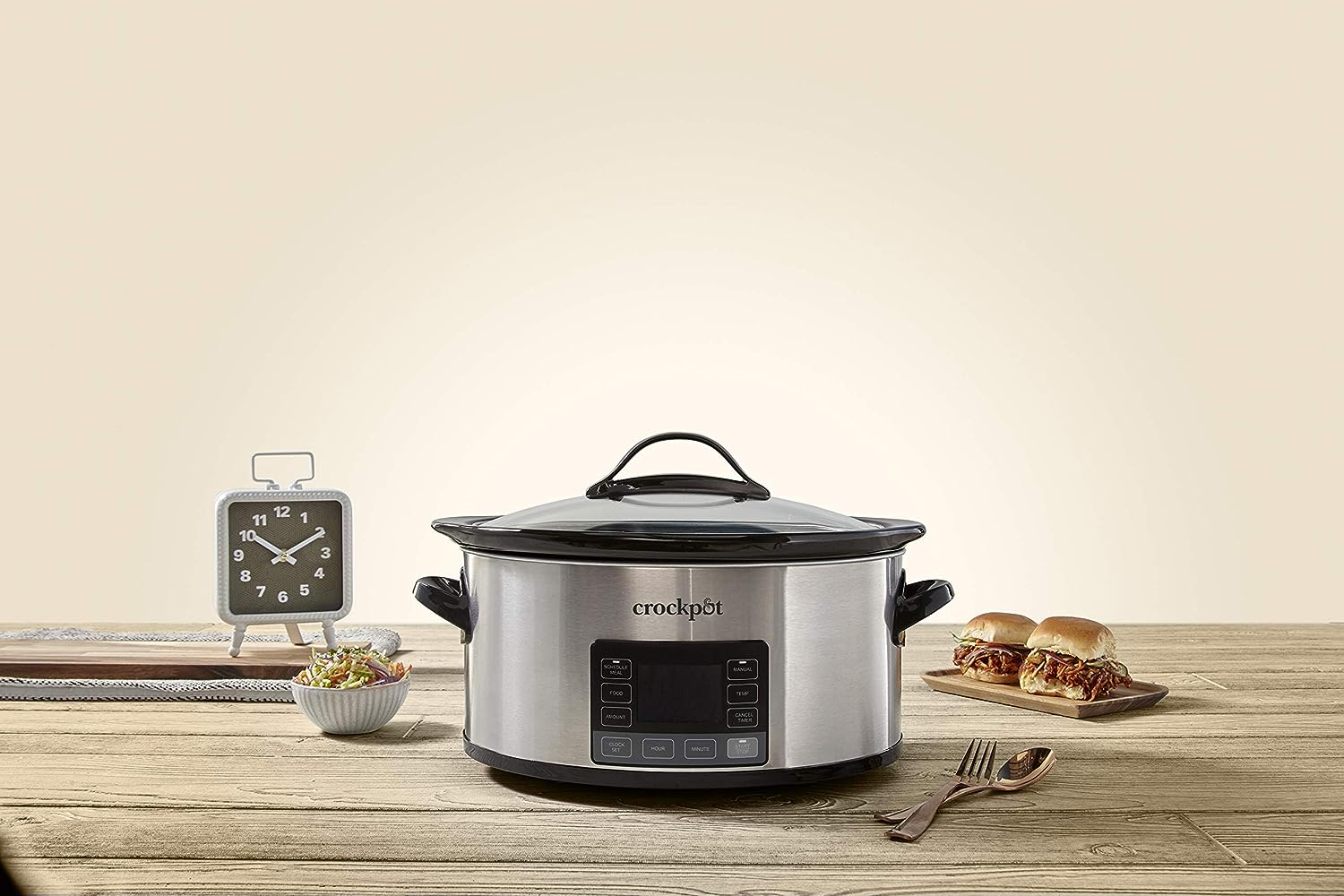
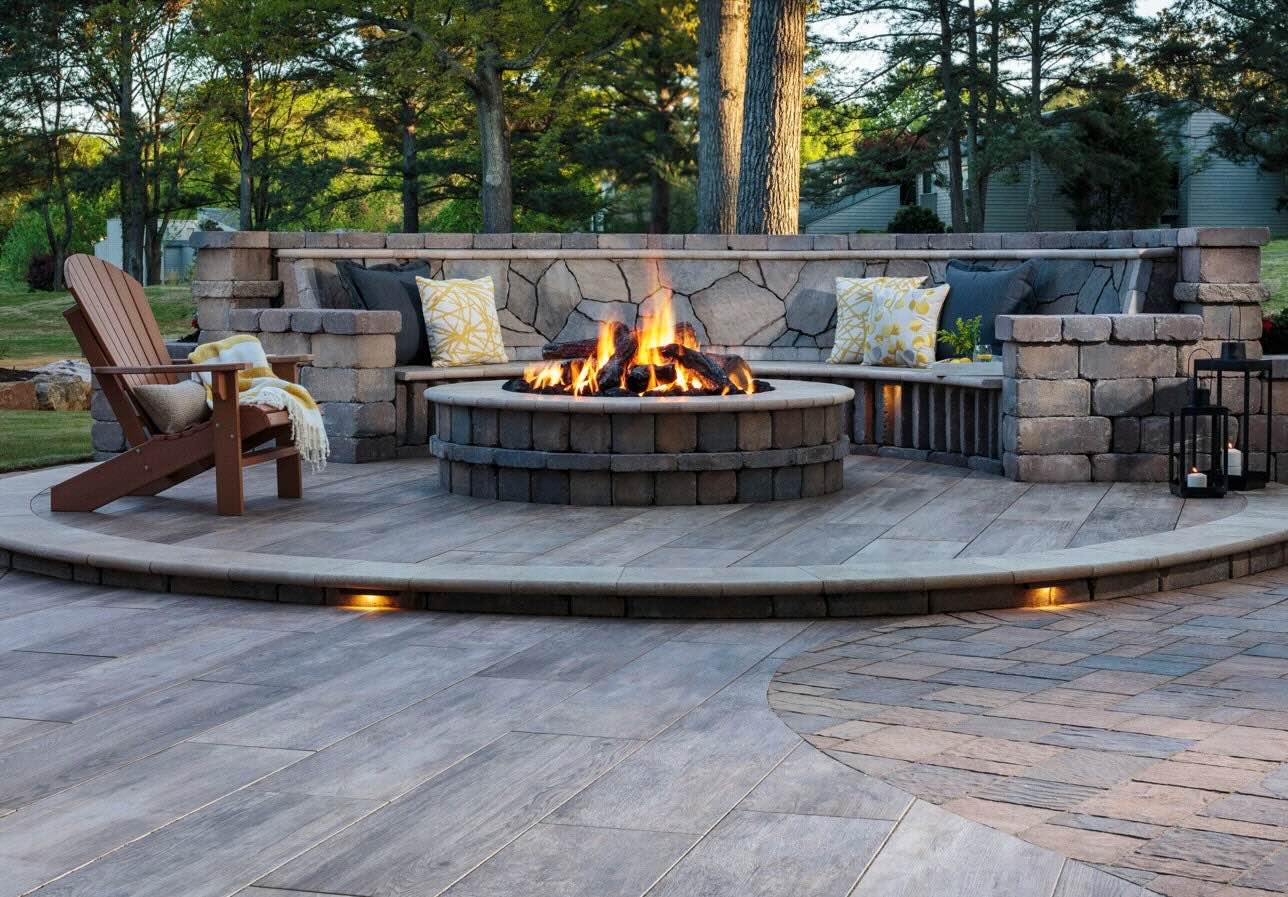
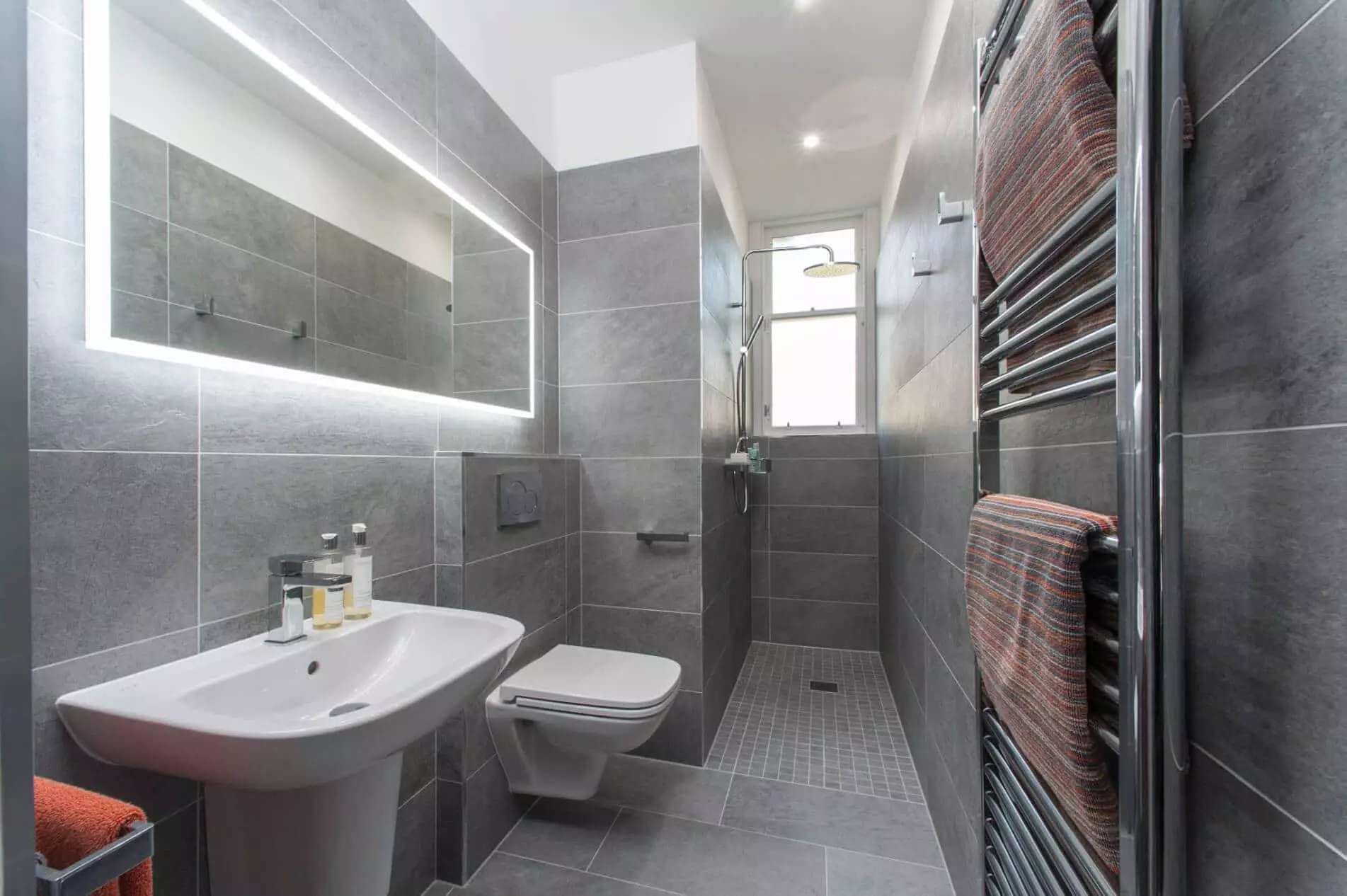
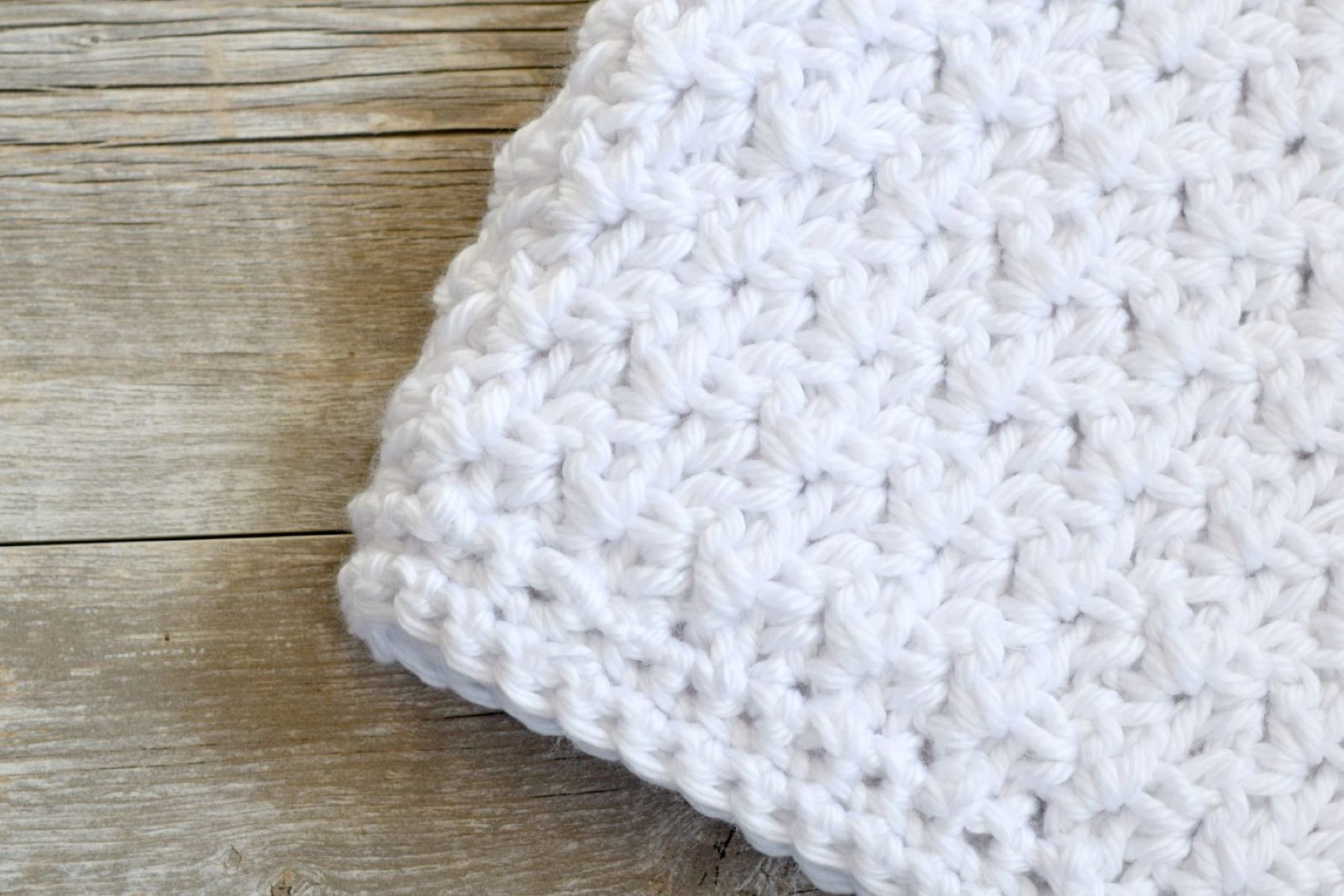
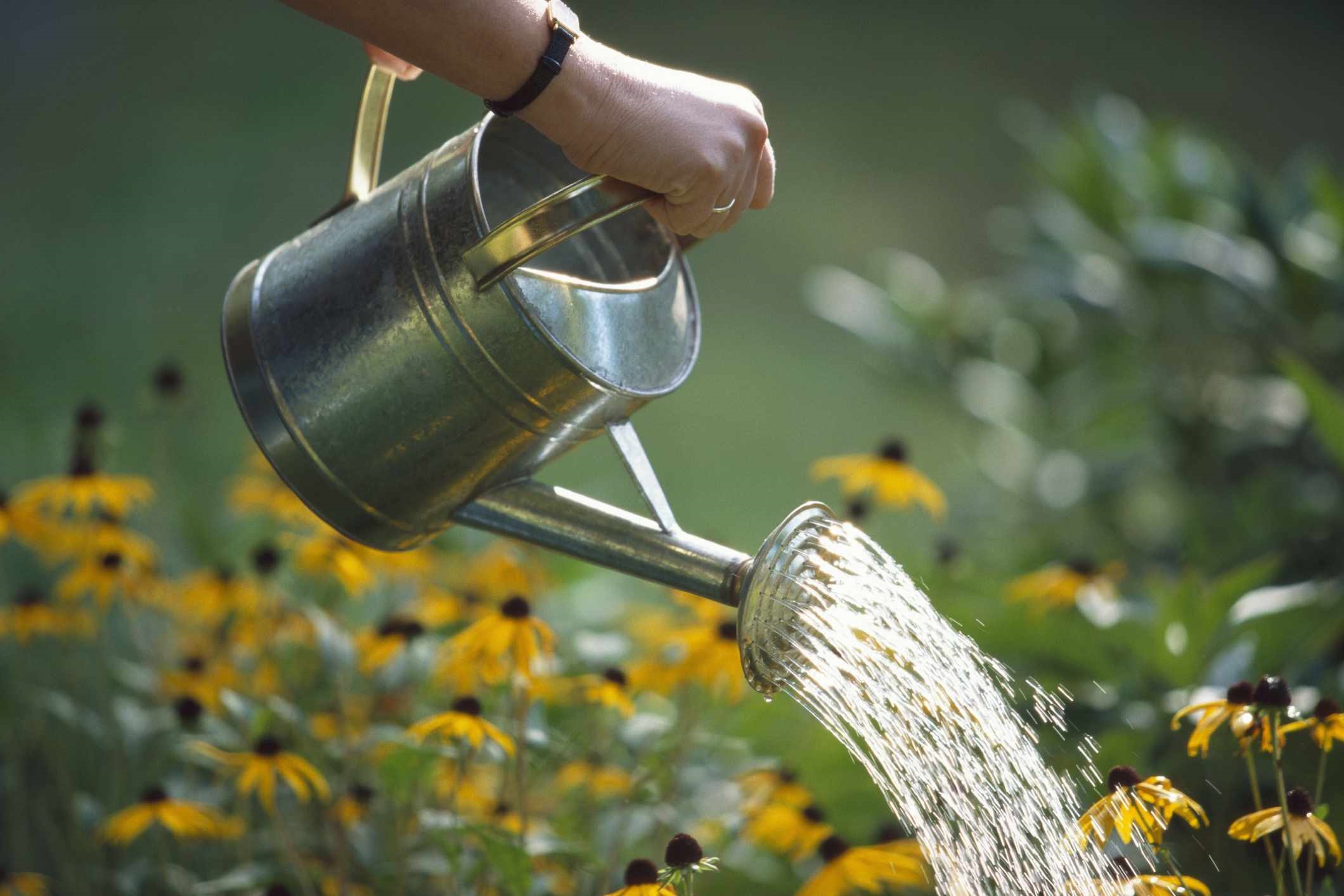
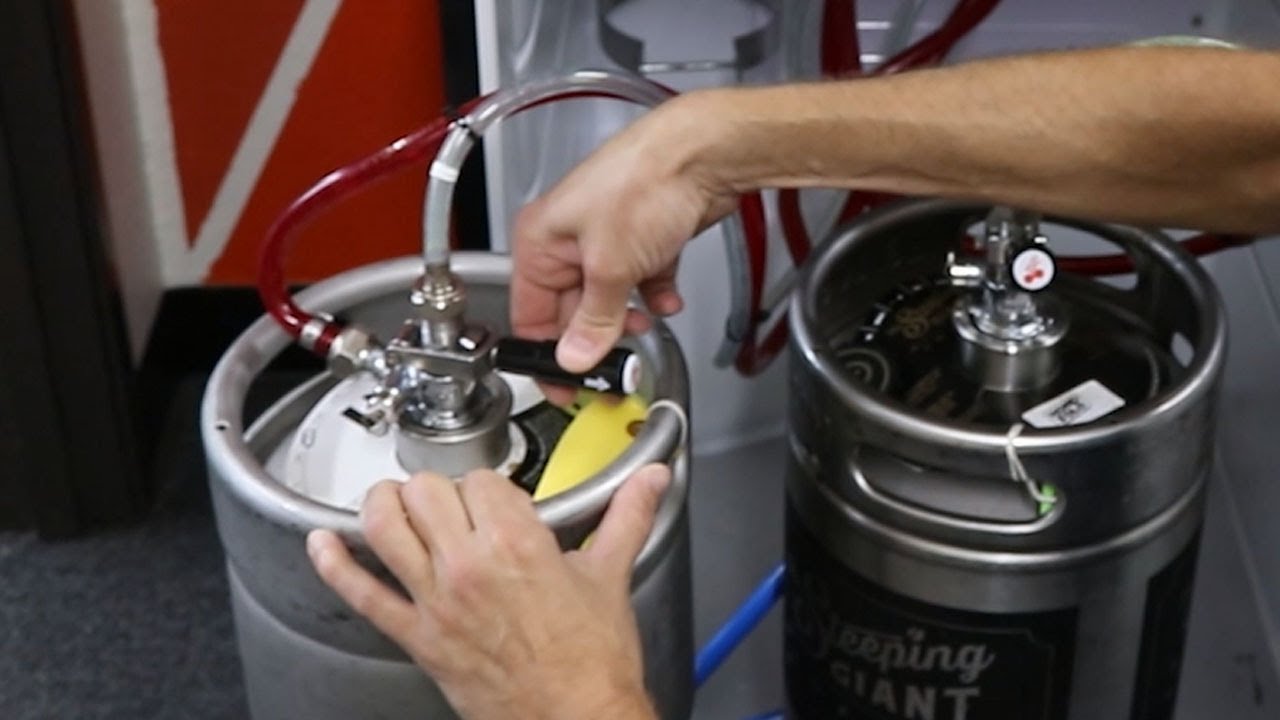
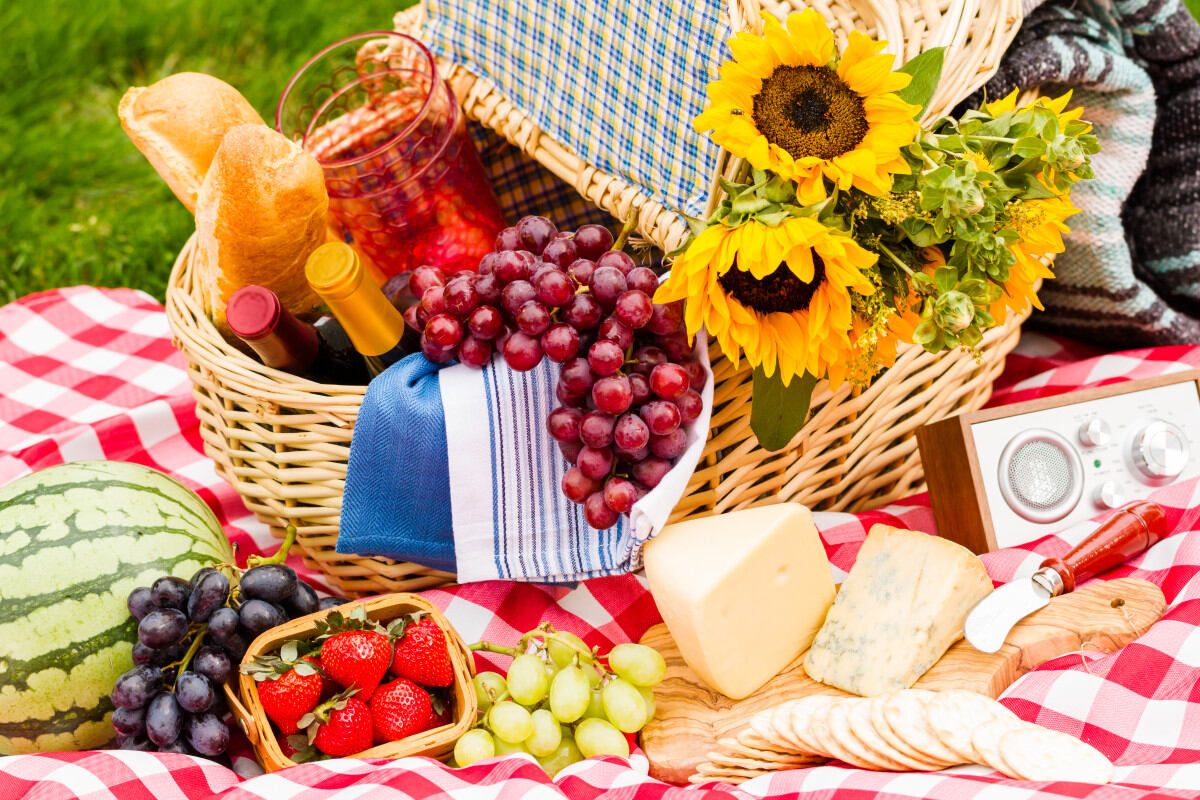

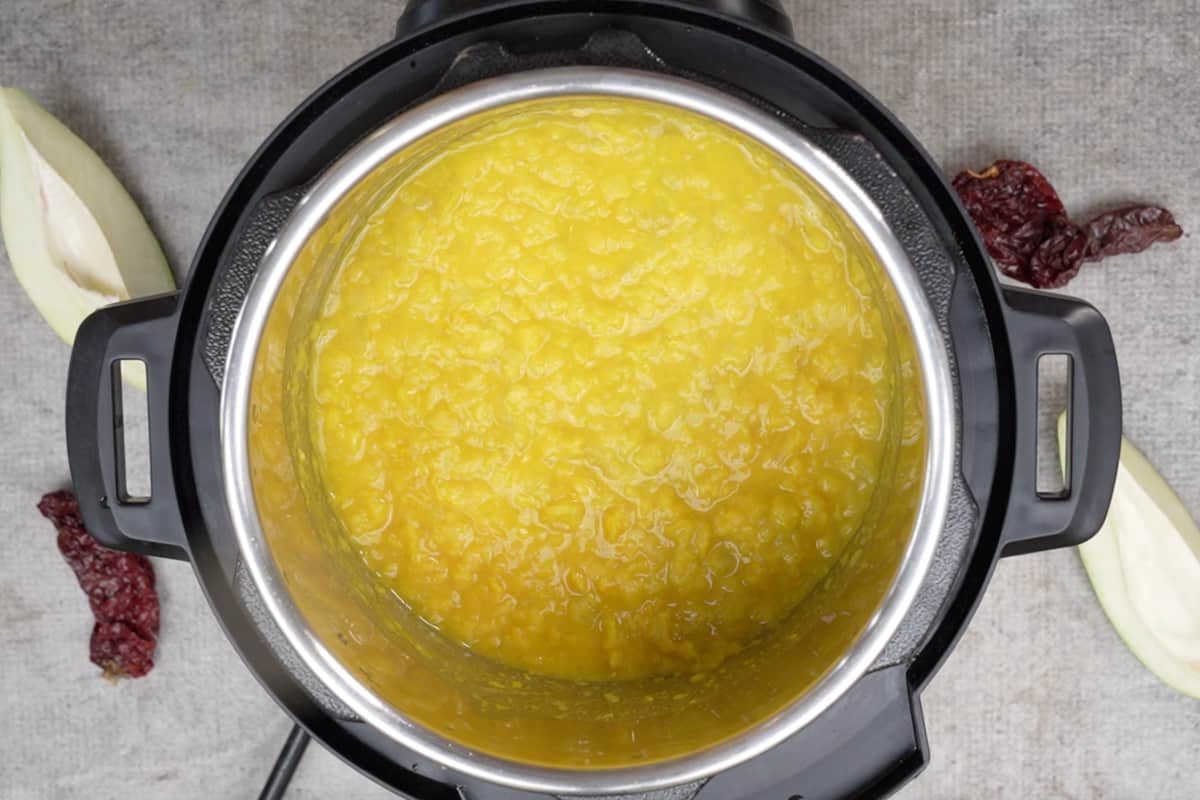
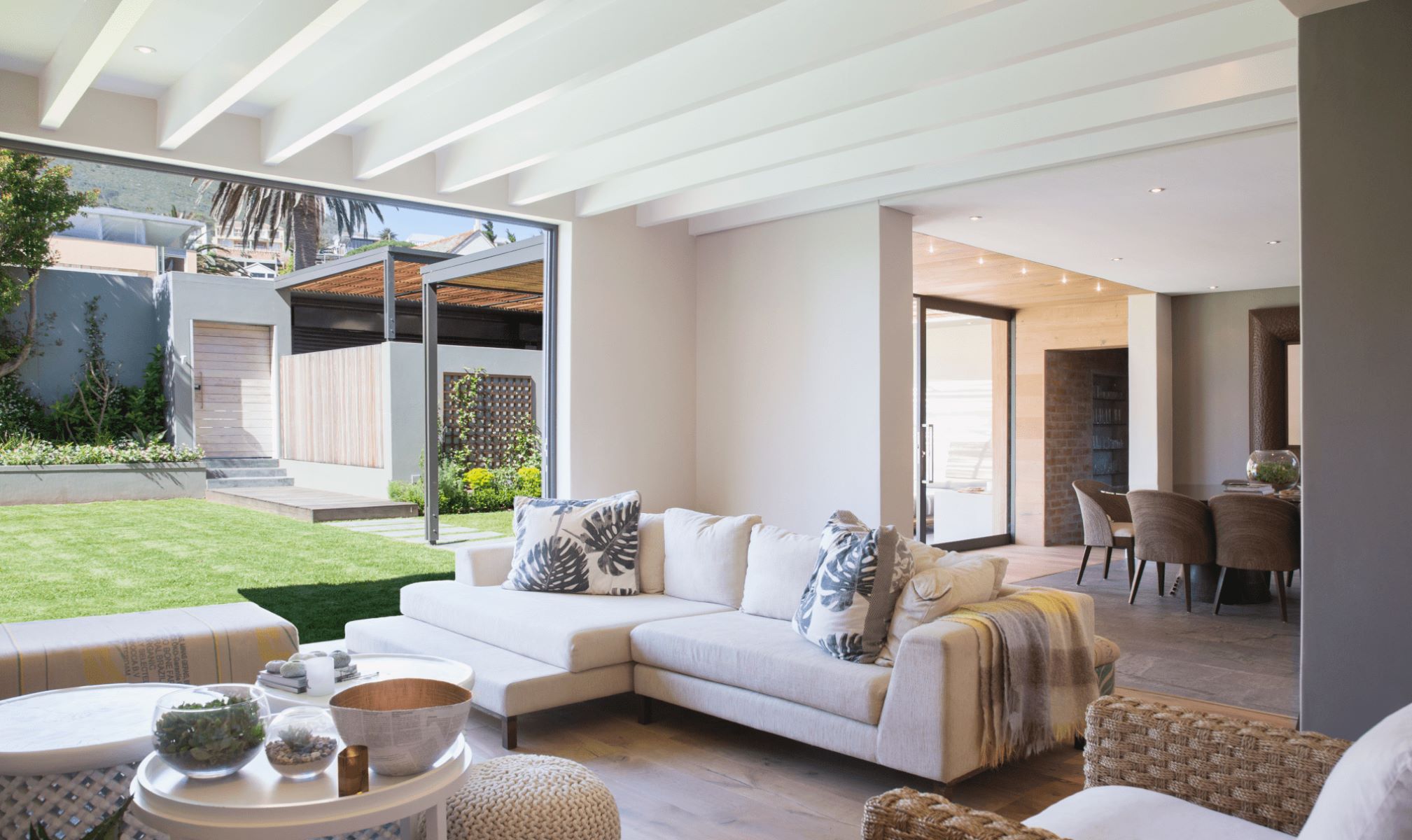


0 thoughts on “How Much Tableware Do You Need For 50 Guests?”